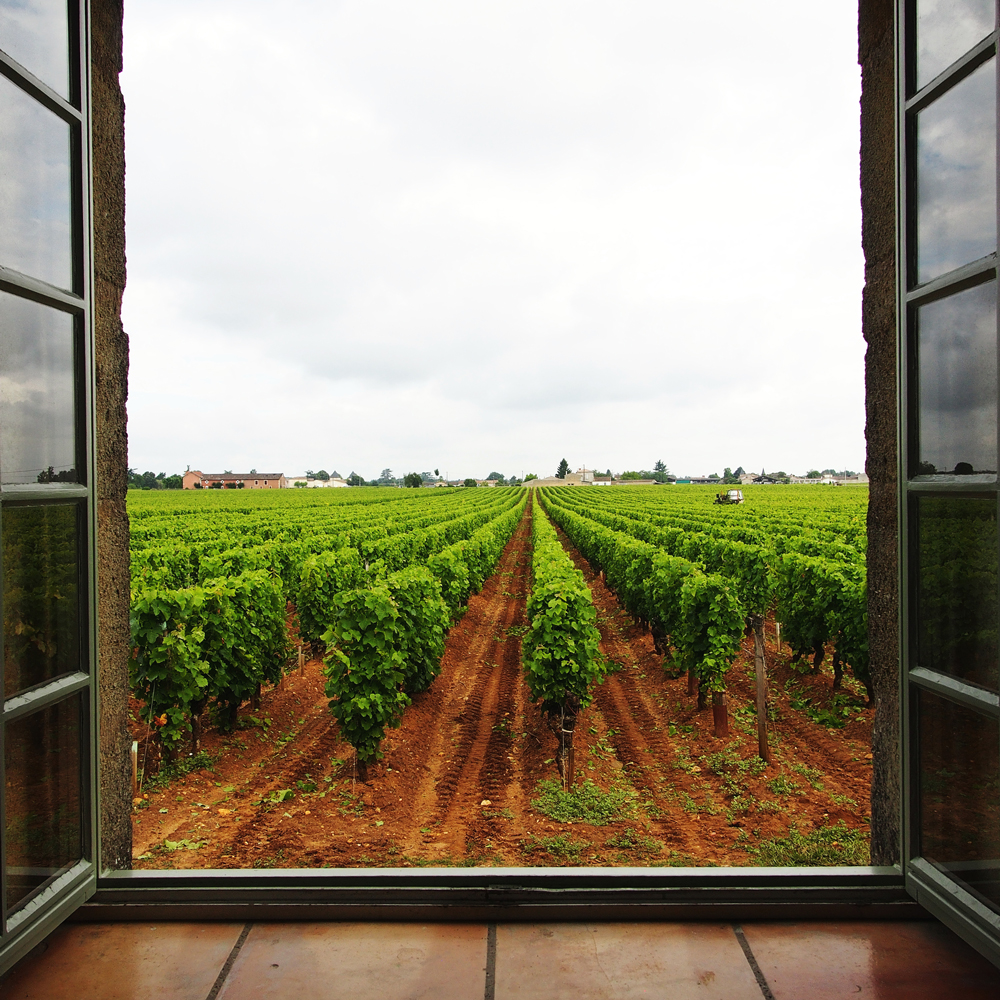Bordeaux 2020: Sauternes and Barsac
Author: Mark Pardoe MW

In this series, Mark Pardoe MW provides insight into how Bordeaux’s key communes fared in 2020. Here, our Wine Director looks at Sauternes and Barsac, based on a conversation with Olivier Castéja of Ch. Doisy-Védrines.
At a glance: Sauternes and Barsac in 2020
- Hectares under vine: 2,217
- Average yield: 12hl/ha in 2020 (14hl/ha in ’19); down 14%
- Significant châteaux: d’Yquem; Climens, Coutet, Guiraud, Rieussec, Suduiraut; Doisy-Daëne, Doisy-Védrines; Gilette, Raymond-Lafon
There was an early start to the season in Sauternes and Barsac, as there was throughout Bordeaux. In Sauternes, 519 millimetres of rain was recorded at Ch. Suduiraut in March, which was half the average for the whole year. At Ch. Doisy-Védrines in Barsac, there was a little frost in May, and hail in June. Everybody had the dry summer, but the August rain was less plentiful here than elsewhere, more in line with St Emilion’s levels.
The 2020 vintage: comparing Barsac and Sauternes
Barsac sits on reddish clay and limestone, whereas Sauternes has mostly gravels with some sand. The huge amount of rain that fell in Sauternes in March will have helped support the vineyards, but there was less humidity here than in the flat vineyards of Barsac. Thus, when the first opportunity to pick arrived around 15th September, Doisy-Védrine was able to pick grapes over three days with noble rot. By comparison, Suduiraut’s first pass was for a small quantity of grapes for passerillage – sweet, partially dried grapes, but without botryrtis.
The quality of the botrytis for Doisy-Védrines’s first pass was not very rich. But after some dry weather, conditions turned more humid; between 28th September and 28th October, four more passes were possible. These were timed around rain in the first part of October, which was disruptive but not as heavy as that experienced in the Médoc. From 18th October, a drying south/south-easterly wind helped keep the grapes healthy.
Barsac is usually 10 days ahead of Sauternes. So, at Suduiraut, the team managed to make a further, and successful, final picking on 2nd November. Eventually, Doisy-Védrines achieved 7.5hl/ha; Suduiraut marginally more at 8.5hl/ha. The old analogy of “a bottle of red wine per vine, a glass of sweet wine per vine” still holds, even in this year of smaller yields.
Purity
Given the alternating conditions between sun and rain over the extended harvest period, it is perhaps surprising that the wines are so pure and correct. But that is the case, according to Olivier Castéja, who in his role as head of the Conseil des Crus Classés de Sauternes has tasted all the wines in that category.
The quality of the botrytis is not at the level of a truly great year, but it was very clean – and there are no examples of bad rot. What these wines lack is the depth of a great year, as there was no opportunity to wait for a further concentration of the botrytis. The acidity is fresh, which gives a charming piquancy to wines that are immediate and delicious but missing an element of the extra complexity that would have come from more mature botrytis.
For more Bordeaux 2020 En Primeur coverage, you can visit bbr.com or browse our range of Bordeaux En Primeur sweet wine releases . To learn more about sweet Bordeaux, read Clara Bouffard’s guide to Sauternes.


